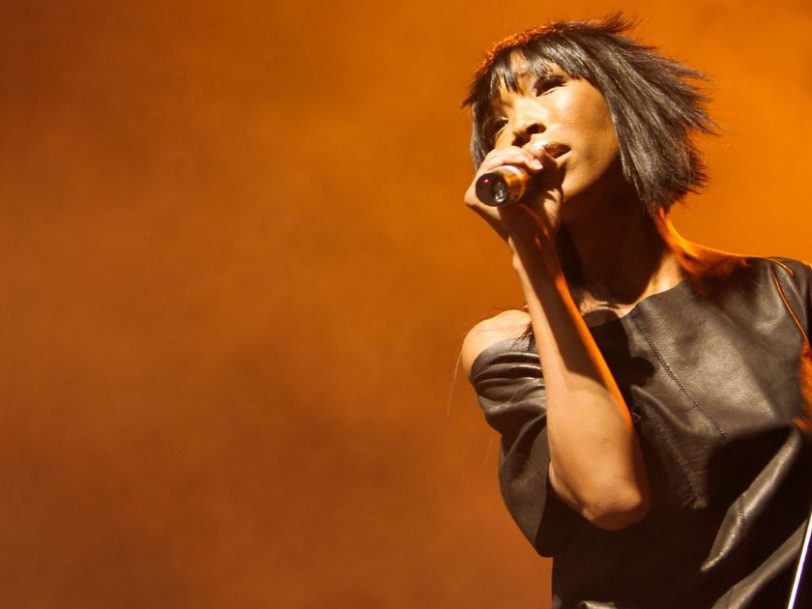The intro to Brandy’s second studio album, 1998’s Never Say Never, is simply Brandy chasing the tail of her title. Never say never say never say never… it’s almost a mantra to herself. It might have been calming to the young, brilliant star whose second album had a long, nervous gestation.
Listen to ‘Never Say Never’ here.
“If I can’t feel it, I won’t sing it”
Brandy is rightly seen as a pioneer of 90s female R&B. Along with others (notably Aaliyah and TLC), she built on the innovations of Janet Jackson, complicating smooth vibes with darker intonations, and Mary J Blige, who embraced hip-hop sounds and energy. Brandy’s self-titled debut album, released in 1994, when she was just 15, was full of ingénue spark – a real sense of exploration underpinned its street jams. “I did not really know much, all I wanted to do was sing,” Brandy has said of her debut. “You can easily understand that it is a person who sings genuinely, without any real experience.”
As youthful as Brandy was, she was grounded. Following her debut, and barring a few soundtrack contributions, she used the next few years to prioritise her education and build her acting career. But these given reasons were hiding a deeper truth. Later, she admitted to “sophomore album jitters” which meant she kept avoiding her label and making excuses whenever they contacted her.


